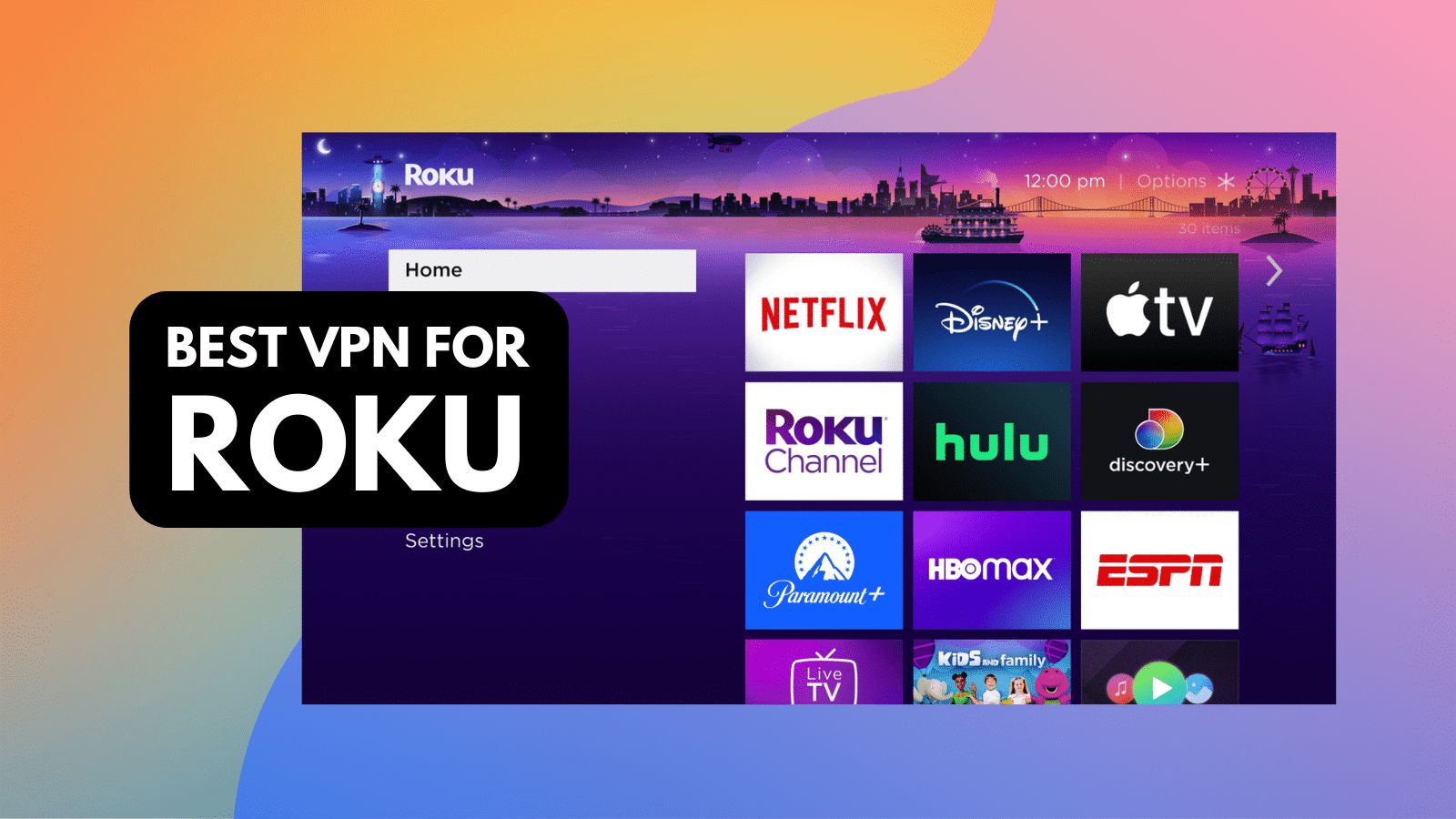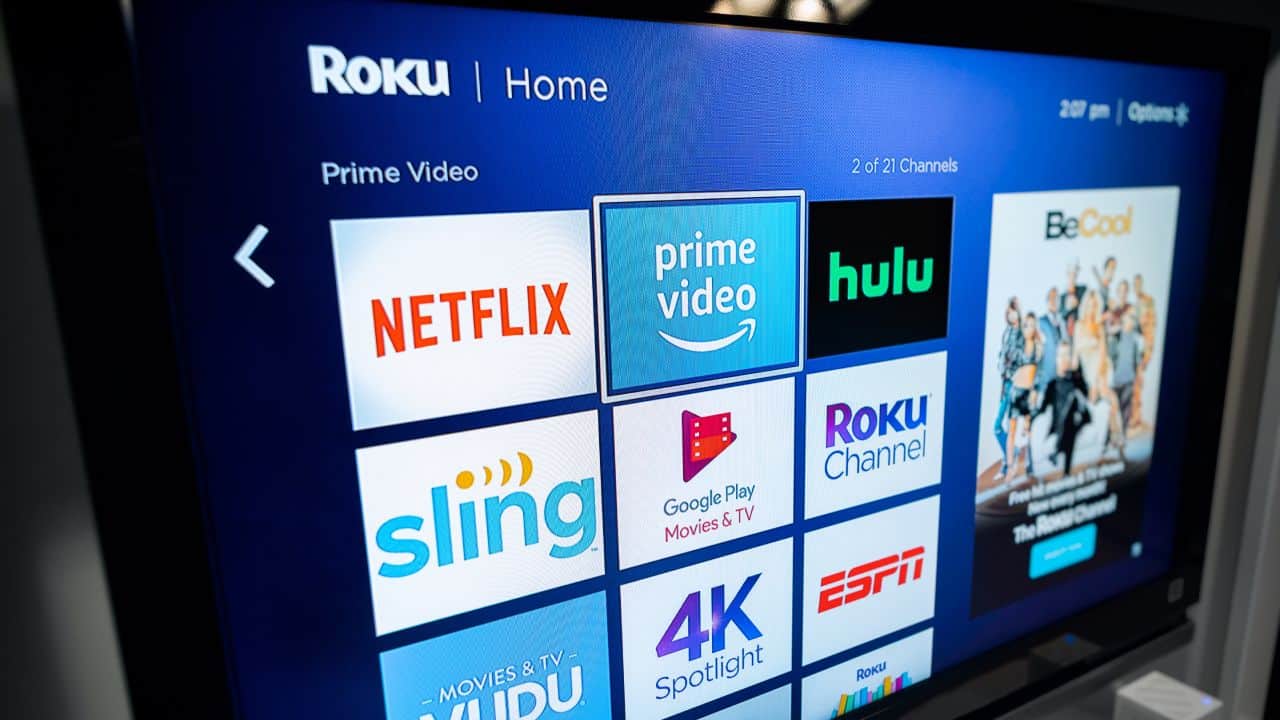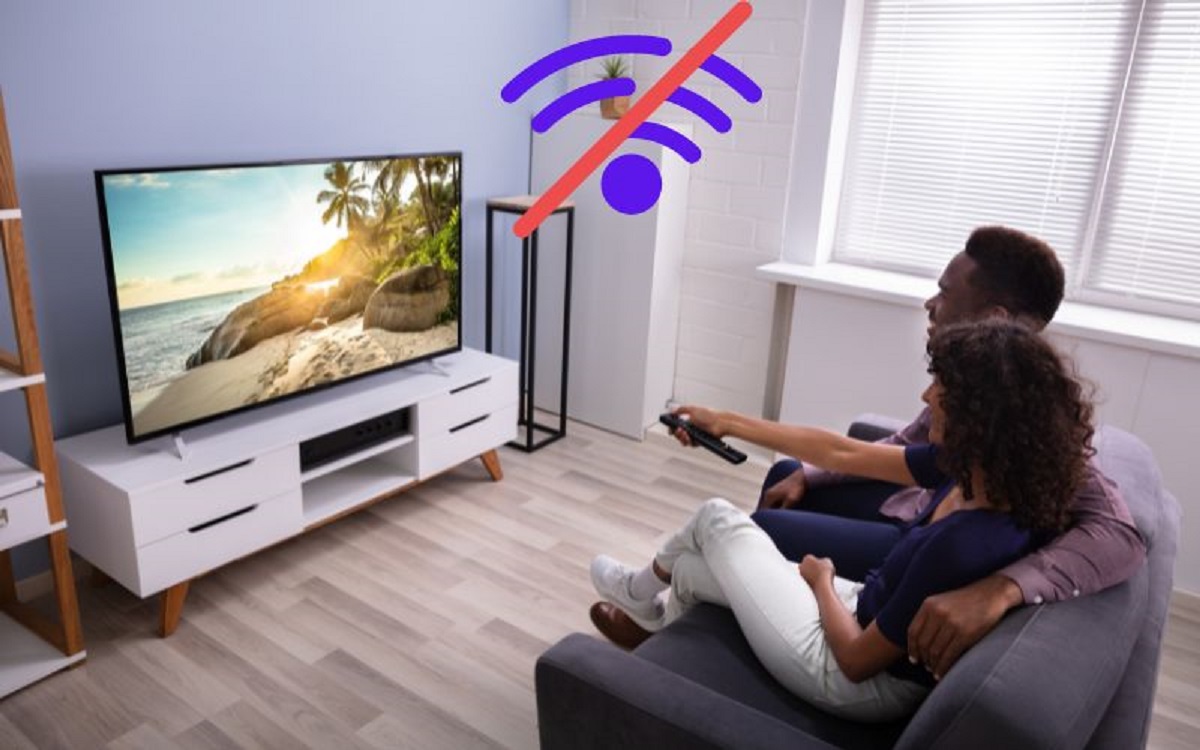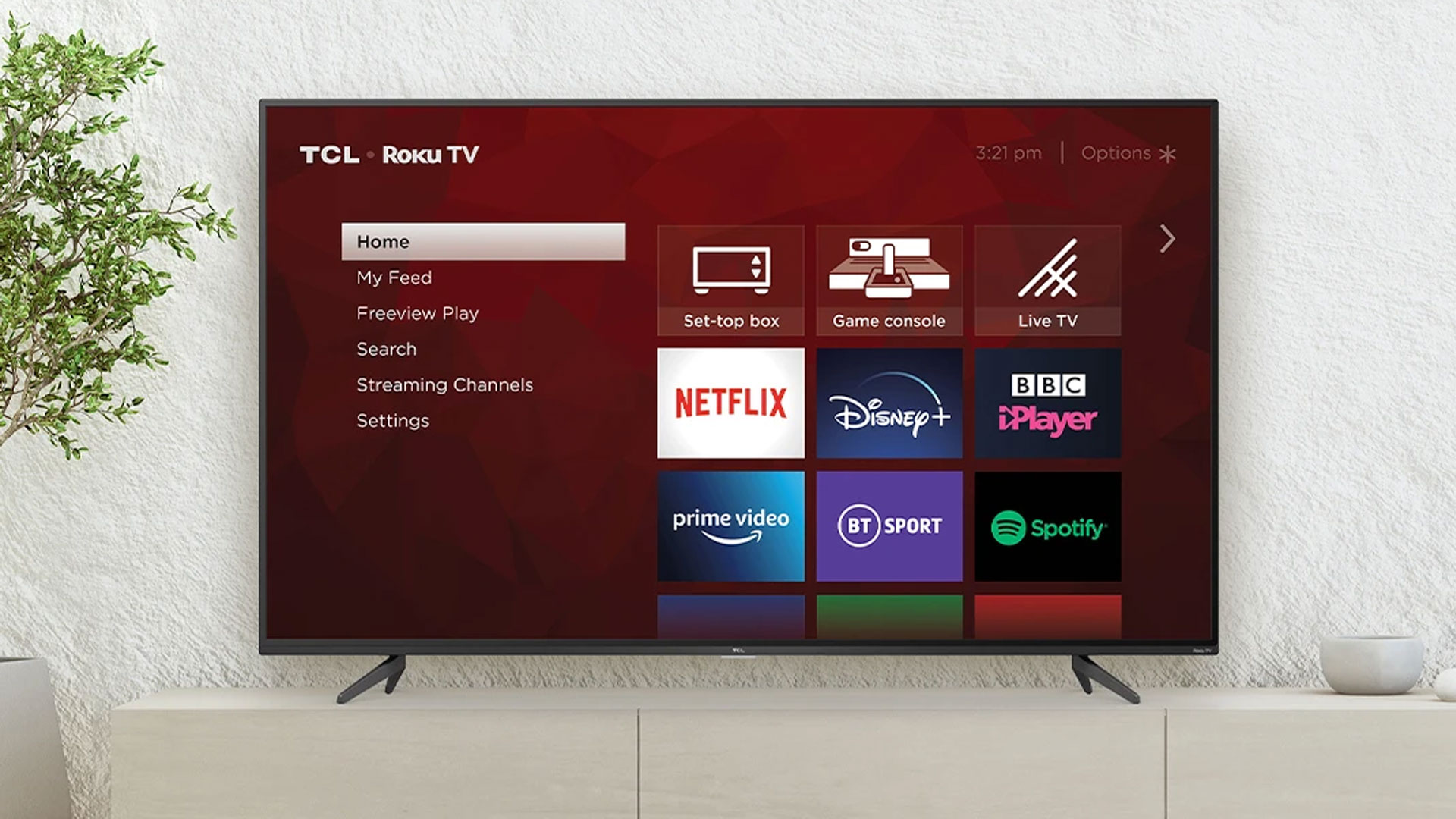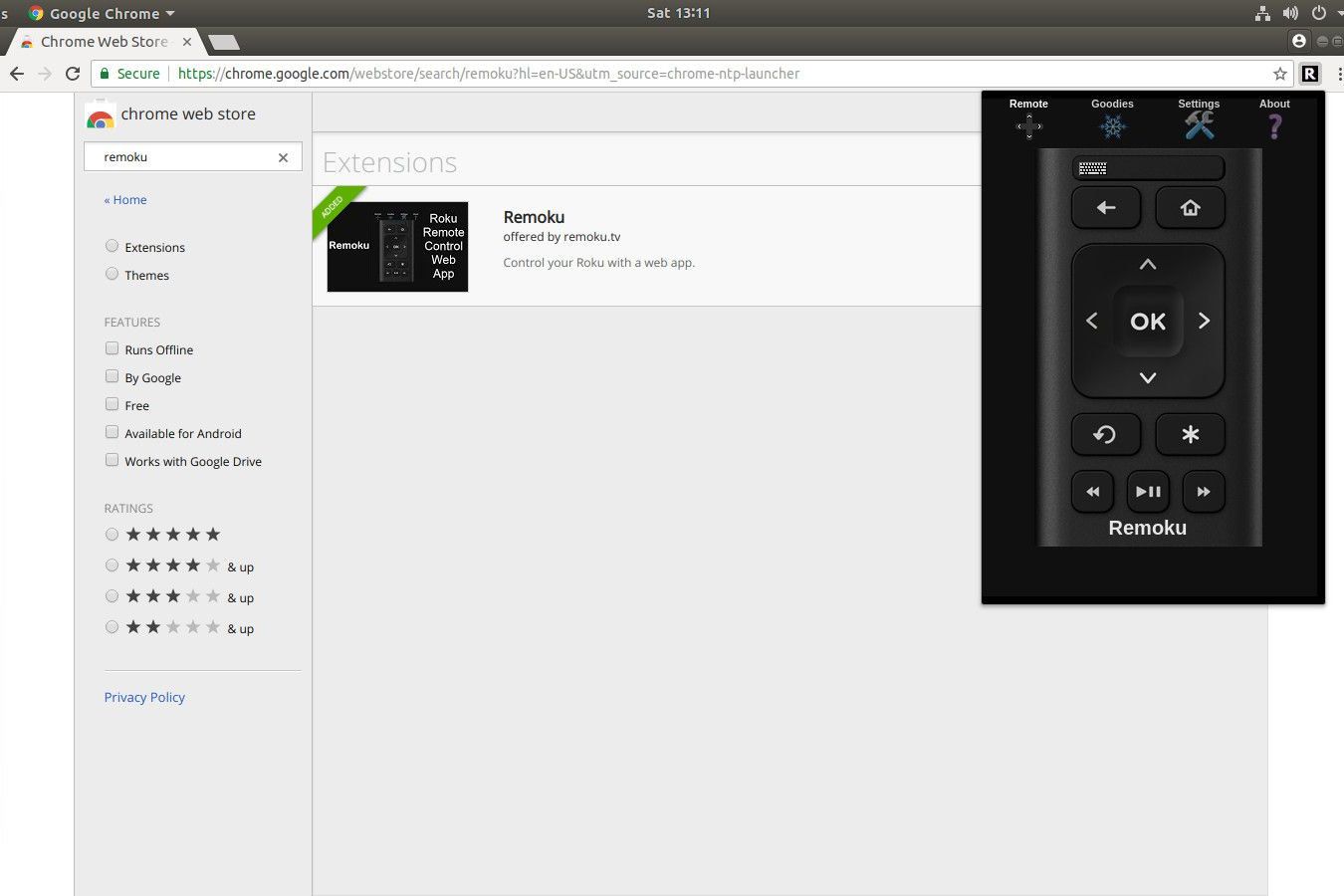Introduction
Welcome to our guide on how to use a VPN on Roku! In today’s digital age, online privacy and security have become more important than ever. As we browse the internet and stream content, we leave behind a digital footprint that can be traced and monitored by various entities, including internet service providers (ISPs) and hackers.
A VPN, or Virtual Private Network, is a powerful tool that can help protect your online activities and ensure your privacy. By encrypting your internet connection and routing it through a server located in a different region or country, a VPN can provide you with enhanced security and the ability to access geo-restricted content.
Roku, a popular streaming device, allows users to enjoy a wide range of channels and content. However, Roku lacks built-in support for VPN connections, which means that establishing a VPN connection directly on the device can be a bit challenging. Nevertheless, there are workarounds that allow you to use a VPN on your Roku device and enjoy a secure and unrestricted online experience.
In this guide, we will explore the benefits of using a VPN on Roku and provide you with step-by-step instructions on how to set up a VPN on your device. Whether you want to protect your personal information, bypass geo-blocks to access region-specific content, or enjoy a secure streaming experience, using a VPN on Roku is a great solution.
Read on to discover the different methods you can use to set up a VPN on your Roku device and start enjoying the countless benefits it offers.
What is a VPN?
A VPN, short for Virtual Private Network, is a powerful tool that provides a secure and private connection between your device and the internet. It creates an encrypted tunnel for your internet traffic, preventing anyone from intercepting or accessing your data. VPNs serve as a shield, protecting your online activities from potential threats and ensuring your anonymity.
When you connect to the internet without a VPN, your data travels through your internet service provider (ISP) and can be accessed and monitored by them. This means that your browsing history, online searches, and personal information are vulnerable to exploitation. Additionally, when accessing websites or online services, your IP address is visible, revealing your approximate location and allowing websites to track your activities.
Using a VPN changes the game entirely. When you connect to a VPN server, your internet traffic is encrypted, making it unreadable to anyone trying to intercept it. By doing so, a VPN protects your online privacy and ensures that your information remains private.
One of the key advantages of using a VPN is the ability to hide your IP address. By connecting to a VPN server in a different region or country, you can effectively mask your true location. This allows you to bypass geo-restrictions and access content that may be unavailable in your current location. With a VPN, you can watch region-restricted streaming services, access foreign websites, and enjoy an unrestricted online experience.
Moreover, a VPN can enhance your online security when connecting to public Wi-Fi networks. These networks, commonly found in coffee shops, airports, and hotels, are often unsecured and prone to hacking attempts. By using a VPN, all your data is encrypted, making it impossible for hackers to intercept and steal your personal information.
Overall, a VPN is an essential tool for anyone concerned about their online privacy, security, and freedom. It enables you to browse the internet anonymously, access geo-restricted content, and protect your data from potential threats. Whether you are a frequent traveler, a streamer, or a privacy-conscious individual, using a VPN can greatly enhance your online experience.
Benefits of Using a VPN on Roku
Using a VPN on your Roku device opens up a world of opportunities and benefits. Here are some of the key advantages:
- Enhanced Privacy: When you use a VPN on Roku, your internet connection is encrypted, keeping your online activities private. This means that your ISP, government agencies, or hackers won’t be able to monitor or track your online behavior.
- Bypass Geo-Restrictions: With a VPN, you can bypass geo-restrictions and access content that is normally unavailable in your region. By connecting to a server in a different country, you can unlock a wide range of streaming services, including Netflix, Hulu, and BBC iPlayer.
- Protection on Public Wi-Fi: Public Wi-Fi networks are often insecure and can leave your personal information vulnerable to hackers. By using a VPN on Roku, you can secure your connection and protect your data from potential threats when connecting to public networks.
- Secure Streaming: A VPN on Roku provides an added layer of security when streaming content. It prevents your ISP from throttling your internet speeds or monitoring your streaming habits, allowing for a smooth and uninterrupted streaming experience.
- Access to Exclusive Content: By connecting to a VPN server in a specific region, you can access exclusive content that is only available in that location. This includes live sports events, TV shows, movies, and more.
- Protection from ISP Throttling: Some ISPs throttle internet speeds for certain activities, such as streaming. By using a VPN on Roku, you can prevent your ISP from throttling your streaming speeds, ensuring a seamless and buffer-free streaming experience.
Overall, using a VPN on Roku offers a wide range of benefits, including enhanced privacy, the ability to bypass geo-restrictions, protection on public Wi-Fi networks, secure streaming, access to exclusive content, and protection from ISP throttling. With a VPN, you can unlock the full potential of your Roku device and enjoy a safer and more versatile streaming experience.
How to Set Up a VPN on Roku
Setting up a VPN connection on your Roku device can be a bit tricky since Roku doesn’t have built-in support for VPN connections. However, there are different methods you can use to establish a VPN connection and protect your streaming activities. Here are three common methods:
Method 1: Sharing your VPN connection through a computer
This method involves connecting your Roku device to a computer that is already connected to a VPN server. The computer acts as a bridge, allowing the VPN connection to be shared with the Roku device. Here’s how you can set it up:
- Connect your computer to a VPN server using a VPN client.
- Enable internet connection sharing on your computer.
- Connect your Roku device to your computer using an Ethernet cable or by connecting both devices to the same Wi-Fi network.
- Configure the network settings on your Roku device to use the shared VPN connection.
Method 2: Setting up a VPN directly on your router
This method involves configuring your VPN settings directly on your router. By doing so, all devices connected to the router, including your Roku device, will automatically use the VPN connection. Here’s how to set it up:
- Access your router’s settings by entering the router’s IP address in your web browser.
- Find the VPN settings section and enter your VPN server details.
- Save the settings and restart your router.
- Connect your Roku device to the VPN-enabled router.
Method 3: Using a VPN-enabled virtual router on your computer
This method involves creating a virtual router on your computer and connecting your Roku device to it. By using VPN-enabled virtual router software, you can share your VPN connection with your Roku device. Here’s how to set it up:
- Download and install VPN-enabled virtual router software on your computer.
- Set up the virtual router and connect your computer to a VPN server using a VPN client.
- Connect your Roku device to the virtual router.
These are the three primary methods you can use to set up a VPN connection on your Roku device. Each method has its own set of advantages and requirements, so choose the one that best suits your needs and technical abilities. With a VPN on Roku, you can enjoy a protected and unrestricted streaming experience.
Method 1: Sharing your VPN Connection through a Computer
One method to set up a VPN connection on your Roku device is by sharing your VPN connection through a computer. This method involves using a computer that is already connected to a VPN server and using it as a bridge to share the VPN connection with your Roku device. Below is a step-by-step guide to help you set it up:
- Connect your computer to a VPN server using a VPN client: Before you can share the VPN connection with your Roku device, you need to establish the VPN connection on your computer. Install a VPN client on your computer and connect to a server of your choice.
- Enable internet connection sharing on your computer: Once you are connected to the VPN server on your computer, you need to enable internet connection sharing. This will allow your computer to act as a bridge and share the VPN connection with your Roku device. To enable internet connection sharing, go to the network settings on your computer and find the option to share your internet connection. Follow the instructions specific to your operating system to enable this feature.
- Connect your Roku device to your computer: To establish the VPN connection on your Roku device, you need to connect it to your computer. You can do this by using an Ethernet cable to connect the Roku device directly to your computer or by connecting both devices to the same Wi-Fi network.
- Configure the network settings on your Roku device to use the shared VPN connection: After connecting your Roku device to your computer, you need to configure the network settings on the Roku device to use the shared VPN connection. Go to the network settings on your Roku device and select the option to connect using a wired connection or the Wi-Fi network shared by your computer. Follow the on-screen instructions to complete the setup.
Once you have completed the steps above, your Roku device should be connected to the internet through your computer’s VPN connection. This means that all the online activities performed on your Roku device will be protected and encrypted by the VPN. Enjoy the benefits of a VPN connection on your Roku device, such as enhanced privacy, bypassing geo-restrictions, and secure streaming.
Method 2: Setting up a VPN Directly on Your Router
Another method to set up a VPN connection on your Roku device is by configuring the VPN settings directly on your router. By doing this, all devices connected to the router, including your Roku device, will automatically use the VPN connection. Here’s a step-by-step guide on how to set it up:
- Access your router’s settings: To configure the VPN settings on your router, you’ll need to access its settings. Open a web browser and type in the IP address of your router. Usually, this is written on the router itself or can be found in the router’s manual.
- Find the VPN settings section: Once you’ve accessed your router’s settings, look for the section that specifically deals with VPN settings. The location and naming of this section may vary depending on your router’s make and model.
- Enter your VPN server details: Within the VPN settings section, you’ll need to enter the details of the VPN server you wish to connect to. This typically includes the server address, username, password, and encryption protocol. Check with your VPN service provider for the specific details to enter.
- Save the settings and restart your router: After you’ve entered the VPN server details, save the settings on your router. Once saved, restart your router to apply the changes. This will ensure that your router is now using the VPN connection.
- Connect your Roku device to the VPN-enabled router: With the VPN settings configured on your router, all devices connected to that router, including your Roku device, will automatically use the VPN connection. Connect your Roku device to the same Wi-Fi network provided by the router, and it will now stream content through the VPN.
By setting up the VPN directly on your router, you eliminate the need to individually configure each device. This simplifies the process and ensures that all devices connected to the router, including your Roku device, benefit from the VPN’s privacy and security features. Enjoy a protected and unrestricted streaming experience!
Method 3: Using a VPN-Enabled Virtual Router on Your Computer
If you want to set up a VPN connection on your Roku device without directly configuring it on a router, you can use a VPN-enabled virtual router on your computer. This method involves creating a virtual router on your computer and connecting your Roku device to it. Here’s a step-by-step guide on how to set it up:
- Download and install VPN-enabled virtual router software on your computer: Look for virtual router software that supports VPN connections. There are various options available, including popular ones like Connectify Hotspot, MyPublicWiFi, and Virtual Router Plus. Follow the installation instructions provided by the software.
- Set up the virtual router: Once the virtual router software is installed, open it and configure the settings. You may need to enter a network name and password for your virtual router. Some software may also require you to select the network adapter that your computer uses to connect to the internet. Choose the one that corresponds to your VPN connection.
- Connect your computer to a VPN server using a VPN client: Before connecting your Roku device to the virtual router, establish a VPN connection on your computer. Install a VPN client on your computer and connect to a server of your choice.
- Connect your Roku device to the virtual router: After setting up the virtual router and establishing the VPN connection on your computer, you can connect your Roku device to the virtual router. Access the network settings on your Roku device and select the virtual router’s network name. Enter the password, if prompted, and connect to the virtual router.
Once you’ve completed these steps, your Roku device will be connected to the internet through the VPN-enabled virtual router on your computer. All traffic from your Roku device will pass through the VPN connection, ensuring your privacy and security while streaming content. Enjoy the benefits of a VPN connection on your Roku device without the need for a VPN-enabled router!
Troubleshooting Common Issues
While setting up a VPN on your Roku device, you may encounter some common issues. Here are a few troubleshooting tips to help you resolve them:
- Router compatibility: Not all routers support VPN connections. Ensure that your router is compatible with VPN configurations. If your router doesn’t have built-in VPN support, you may need to upgrade to a router that supports VPN settings.
- VPN provider limitations: Some VPN providers may have limitations on using their service with streaming devices or may not offer explicit support for Roku. Check with your VPN provider to ensure that their service is compatible with Roku or if they offer any specific instructions.
- Internet connection drops: If you experience frequent drops in the VPN connection or the internet connection, try restarting both your router and your Roku device. Additionally, ensure that you have a stable and reliable internet connection.
- Incompatible VPN protocols: Roku devices have limited support for VPN protocols. Ensure that your VPN provider supports OpenVPN or PPTP as these are the most widely supported protocols on Roku.
- Incorrect network settings: Double-check the network settings on your Roku device to ensure that you’ve entered the correct information. Verify the network name and password for the virtual router or the VPN-enabled router.
- Firewall or antivirus blocking the VPN: If you have a firewall or antivirus software running on your computer, it may be blocking the VPN connection. Temporarily disable them and attempt to connect to the VPN on your Roku device.
- Outdated firmware: Ensure that both your router and your Roku device are running the latest firmware updates. Outdated firmware can cause compatibility issues with VPN connections.
- VPN server congestion: If you’re experiencing slow speeds or buffering issues, it could be due to server congestion. Try connecting to a different VPN server or contact your VPN provider for assistance.
If you’re still experiencing issues despite troubleshooting, reach out to your VPN provider’s support team for further assistance. They can provide specific guidance based on their service and your setup. Remember that setting up a VPN on Roku may require technical expertise and can vary depending on your specific circumstances.
Conclusion
Setting up a VPN on your Roku device provides numerous benefits, including enhanced privacy, bypassing geo-restrictions, and secure streaming. While Roku devices do not have built-in support for VPN connections, you can use various methods to establish a VPN connection and protect your online activities.
In this guide, we explored three common methods for setting up a VPN on Roku. This involved sharing your VPN connection through a computer, setting up a VPN directly on your router, or using a VPN-enabled virtual router on your computer. Each method has its own advantages and requirements, so choose the one that best fits your needs and technical expertise.
By using a VPN on Roku, you can enjoy a safer and more versatile streaming experience. Protecting your online privacy, accessing geo-restricted content, and securing your connection on public Wi-Fi networks are just a few of the advantages that a VPN can offer. Remember to troubleshoot any common issues you encounter during the setup process, and reach out to your VPN provider’s support team if needed.
Now that you have the knowledge and steps to set up a VPN on your Roku device, you can take control of your online activities and enjoy a more secure streaming experience. Safeguard your privacy, access global content, and stream without limitations with the power of a VPN on Roku.







